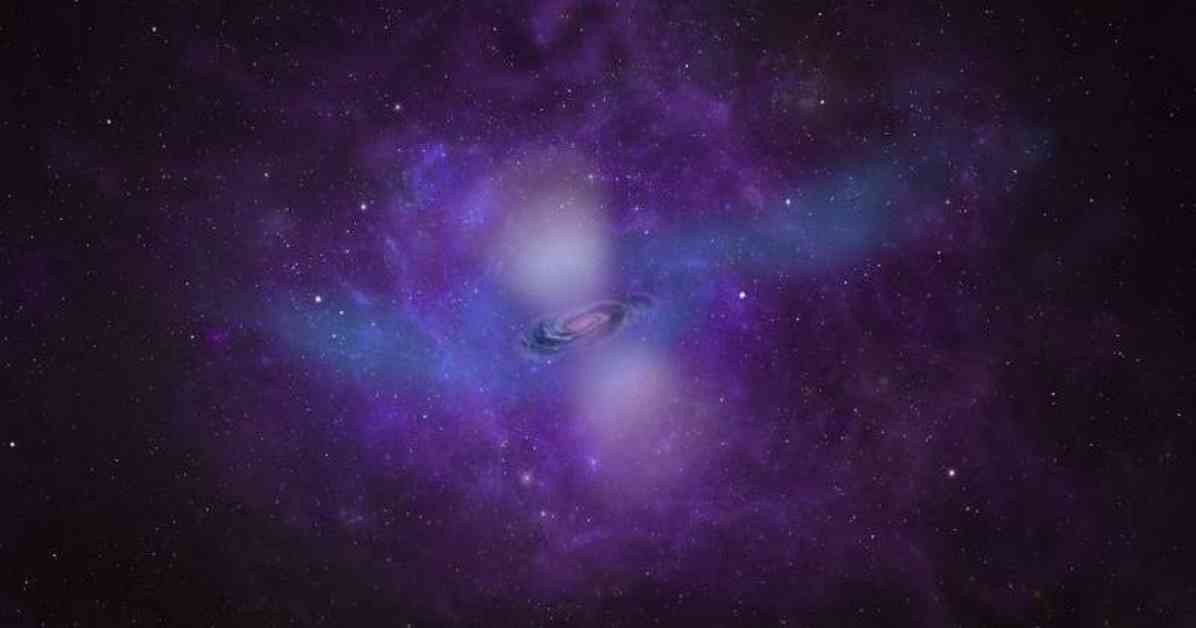Galaxies have always been a fascinating subject for scientists, but recent discoveries are proving that they are even more complex and extensive than previously believed. A recent study has revealed the existence of a gas halo surrounding a distant galaxy, stretching up to a million light years. This is the first time such a phenomenon has been captured in a photograph, shedding light on how galaxies interact with their surroundings.
The research, conducted using deep-imaging techniques, detected a glowing cloud of gas around a galaxy located 100,000 light years into space. This discovery has significant implications for our understanding of how galaxies build mass over time and evolve. Scientists believe that our own Milky Way galaxy is currently interacting with its closest neighbor, Andromeda, indicating that these interactions are not just theoretical but are happening in real-time.
The study, published in the academic journal Nature Astronomy, highlights the importance of collaborative efforts in scientific research. Researchers at Swinburne, as part of the Astro 3D project, have been able to access the Keck telescopes in Hawaii to further their investigations. This partnership has provided valuable insights into the boundaries of galaxies and how they merge with the wider cosmic web.
Lead author Nikki Nielsen emphasized the significance of these findings, suggesting that the gas halos of the Milky Way and Andromeda galaxies may already be overlapping. This has implications for understanding where a galaxy’s influence ends and how it integrates with its cosmic surroundings. The use of advanced technology, such as the Keck cosmic web imager, has enabled scientists to study the circumgalactic medium in detail, pixel by pixel.
Overall, this discovery opens up new avenues for research in the field of astrophysics and deepens our understanding of the vast universe that surrounds us. By unraveling the mysteries of galaxies and their interactions, scientists are moving closer to comprehending the complex processes that shape the cosmos.












